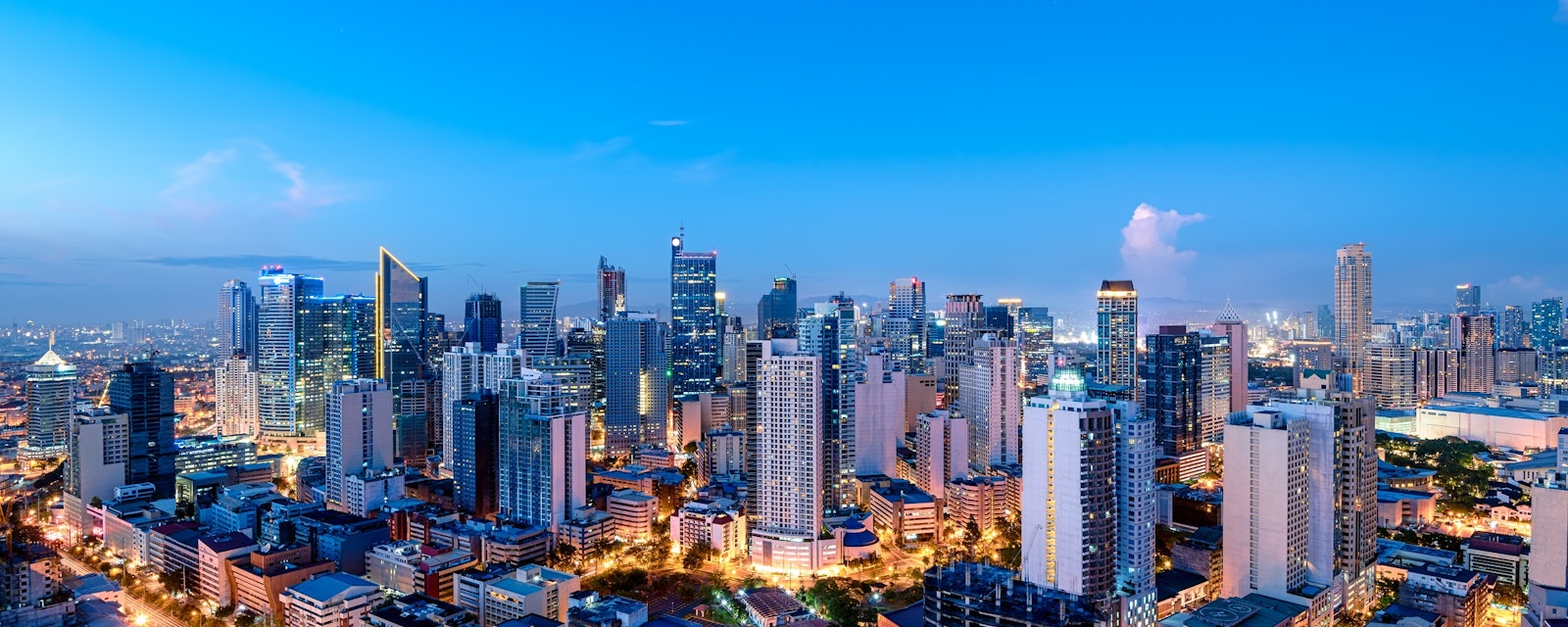The government’s specific goals in setting up a sovereign wealth fund (SWF) remain unclear. President Ferdinand Marcos Jr. is staking his political capital on the bill, which gives it a reasonable chance of approval when it moves forward to the senate next month.
Oversight safeguards are included in the bill to guard against corruption, but these are vulnerable to the broader systemic weaknesses of governance and institutional capabilities in the Philippines. Funding for the SWF is to be sourced from policy banks, central bank profits, and the gaming regulator, raising concerns that this could result in policy distortions around these institutions.
The lower house last week approved the creation of a so-called sovereign wealth fund (SWF), named the Maharlika Investment Fund (MIF), despite broad criticism of the fund’s ambiguous purpose, potentially disruptive effects on economic governance, and vulnerability to corruption. The bill goes to the senate in January, where it will face greater scrutiny.
The fund’s creation is controversial because President Ferdinand Marcos, the father of the current president, implemented several national investment and development programs during his term from 1965-1986, with severely negative outcomes. Many involved the grant of monopoly powers and the use of subsidies. Eventually they became synonymous with cronyism, corruption and patronage, and required bailouts at great public cost. The apprehension is that his son now still has some of those statist instincts, even without assuming any corrupt intent, and that the weakness of Philippine institutions and governance could make the concentration of wealth in an SWF vulnerable to neglect and mismanagement — or at some point even corruption.
After the initial draft was panned in early December, President Ferdinand Marcos Jr. staked some of his political capital on its creation by claiming it to be his idea and then having the administration’s economic team and the congressional leadership publicly rally around it. Also, by removing mandatory contributions to the fund from the pension systems, congress took the heat off the bill’s most controversial provisions. Marcos will also likely push the upper house to approve the bill, although there might be more resistance to it in the chamber.
Fund to be Both Wealth and Developmental
The fund’s purpose, based on both the wording of the bill and statements from key policymakers, is for it to be both a pure wealth fund and a development fund. This lack of clarity has been criticized, especially since the Philippines does not have the surpluses from which to build a traditional SWF. A joint statement from Marcos’ economic team would seem to indicate that the fund’s orientation is more developmental. According to them, the fund would invest in “big-ticket infrastructure projects, high-return green and blue projects, and countryside development, including agriculture,” but this raises questions about which industries will be prioritized and the role of the private sector.
Thus, the SWF's broad remit stems from either of two reasons: 1) the administration does not have clear plans yet where it will invest and wants flexibility in the law, or 2) it already has targets for acquisition or investment but would like to avoid early public scrutiny. It raises the question of what additional value the government seeks to create that is unavailable through existing public or private mechanisms. Ultimately, the uncertainty is that this may signal some statist policy preferences in the current administration — especially because state funding for it is open-ended and potentially significant, as discussed later in this note.
This apprehension is in turn based on the history of the Marcoses. During Marcos Sr.’s two decades in power, he imposed special levies, provided subsidies, and centralized trading in key sectors such as sugar and coconut, ostensibly to spur development and industrial upgrading; instead, these industries came under the control of cronies, and became wells for corruption and patronage. He supported large state-owned enterprises from banking to airlines to construction, where inefficiency and corruption were prevalent, and destroyed economic value, resulting in their frequent need for subsidies and bailouts. Regulatory checks were worthless.
To address criticism that the fund could be vulnerable to corruption similar to Malaysia’s 1MDB or be a politically driven and inefficient investment tool, the draft subjects the MIF to regular inspection. This oversight will be done by the constitutionally independent Commission on Audit and a Joint Congressional Oversight Committee, and all the fund’s investments and audit reports are required to be publicly accessible. However, even the formal safeguards in the text are vulnerable to the limited capacities of these institutions and the systemic weaknesses of governance safeguards in the Philippines.
Funding from Policy Banks, the Central Bank, Gambling Regulator
The second major criticism of the SWF is its funding. Only two policy banks, the Land Bank and the Development Bank of the Philippines, are now required to contribute a combined USD 1.34bn as the fund’s initial capitalization, down from USD 4.9bn in the first bill, when it included contributions from the country's two largest pension funds. The amounts constitute a significant percentage of the banks’ resources, which raises the question whether their contributions are consistent with their policy goals.

Possibly more importantly, Congress also listed other money sources for the SWF after the initial funding: the dividends of the central bank (BSP), the revenues of gaming regulator PAGCOR, and the proceeds from privatization and natural resource royalties. There are no congressional or government forecasts yet on these flows over the next few years, and how their diversion might affect the fiscal balance. Unlike the DBP and LB contributions, theirs will be annual contributions, and they may eventually dwarf the SWF’s original capital. The BSP contribution in effect modifies its charter. Currently, BSP dividends to the national government are automatically allocated under the BSP law to top up the central bank’s capitalization until it reaches PHP 200bn (USD 3.6bn). The congressional proposal effectively gives the MIF and its political supporters incentives to increase or maintain flows from these sources, which could have distortive effects on politics and policymaking regarding these institutions.




